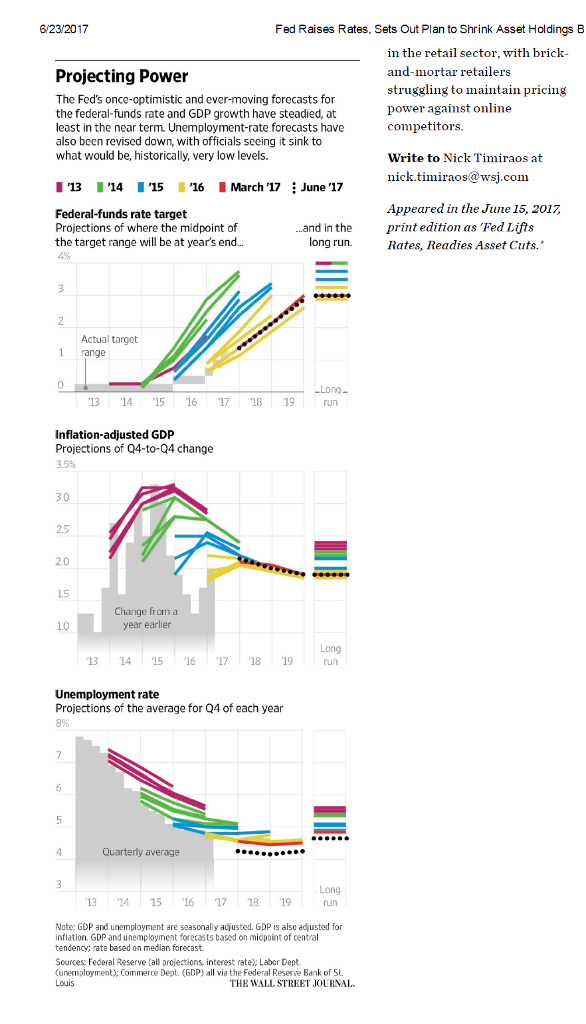

Treasury would be obliged to defend a weak euro by purchasing euros. When the dollar is weak, the European Central Bank would be obliged to defend the zone of stability by purchasing dollars. and European Union should enter a formal agreement that specifies a zone of stabilitysay, $1.20 to 1.40 per euro. How can we restore stability for the dollar and the euro? The U.S. Thats exactly whats happened for a record five consecutive months, investors have pulled funds out of emerging markets. If that isnt bad enough, foreign investors, in an attempt to escape the ravages of depreciating currencies, run for the hills. dollars becomes a growing mountain of debt. Money that emerging-market countries borrowed at low interest rates in U.S. Eight of those countries≺rgentina, Cuba, Lebanon, Sudan, Syria, Turkey, Venezuela and Zimbabwehave seen more than 65% of their currencies value against the dollar evaporate.Īs these currencies lose value, inflation rates surge. Since January 2020, I have recorded 20 emerging-market currencies that have lost more than 20% of their value relative to the dollar. When the dollar strengthens, untethered emerging-market currencies dont float on a sea of tranquility. Today, dollar-euro parity is inflicting a great deal of strain on the international anti-system. Karl Schiller, Germanys finance minister from 1966 to 1972, captured the point well when he observed that stability is not everything, but without stability, everything is nothing.
WALL ST JOURNAL EXCHANGE RATES FREE
Each of these ills inspires calls for policy changesmany of which threaten free societies. Banking crises, soaring inflation, sovereign-debt defaults, and economic booms and busts all find a common source in currency instability. What followed was an era of flexible, unstable exchange rateswhat the great French economist Jacques de Larosière terms an anti-systemin which the advanced economies experienced a dramatic growth slowdown and a sharp acceleration of inflation.

But that global monetary system was scrapped 29 years later by the unilateral action of the Nixon administration. A golden age of record-setting performances among the worlds advanced capitalist countries ensued.

The Bretton Woods Agreement of 1944 ushered in a system of international exchange-rate fixity and stability. The exchange rates of major currencies havent always been so volatile. Today, its at paritya rate that hasnt been seen for 20 years. It has also fluctuated wildlyreaching 84 U.S. Since the euro was introduced in the following year, the dollar-euro has been, by volume of transactions, far and away the most important currency pair. Nobel economics laureate Robert Mundell wrote in 1998 that the dollar-euro exchange rate would go on to become the most important price in the world. Mundell, who was known as the father of the euro, was exactly right. Single Issues of The Independent Review.Podcast: Independent Outlook / Conversations.International Economics and Development.


 0 kommentar(er)
0 kommentar(er)
